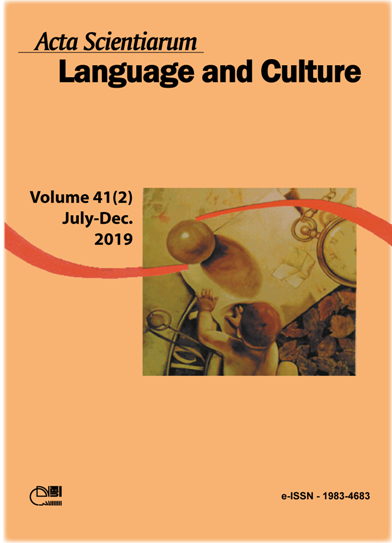South African censorship: the production & liberation of Waiting for the barbarians, by J. M Coetzee
Resumen
During Apartheid, South African censorship became the main legal instrument for the control and cultural tutelage of society. Censors decided which literary works could be read. Thousands of books were withdrawn from circulation, but the censorship did not achieve total success in curtailing the circulation of ideas. One novel, in particular, was released despite being not only very political, but also representing events that were – as J. M Coetzee puts it – in the minds and hearts of people of conscience during Apartheid: torture and fake reports issued by the South African police. Through documental and critical analysis, this article aims to answer one question: why Waiting for the barbarians, novel by J. M Coetzee published in 1980, was never banned? We will bring information and reflections on how the use of literary strategies, a political strategy and the exercise of censorship by a peculiar censor were crucial for the system’s circumvention.
Descargas
DECLARAÇÃO DE ORIGINALIDADE E DIREITOS AUTORAIS
Declaro que o presente artigo é original, não tendo sido submetido à publicação em qualquer outro periódico nacional ou internacional, quer seja em parte ou em sua totalidade.
Os direitos autorais pertencem exclusivamente aos autores. Os direitos de licenciamento utilizados pelo periódico é a licença Creative Commons Attribution 4.0 (CC BY 4.0): são permitidos o acompartilhamento (cópia e distribuição do material em qualqer meio ou formato) e adaptação (remix, transformação e criação de material a partir do conteúdo assim licenciado para quaisquer fins, inclusive comerciais.
Recomenda-se a leitura desse link para maiores informações sobre o tema: fornecimento de créditos e referências de forma correta, entre outros detalhes cruciais para uso adequado do material licenciado.




















6.png)









